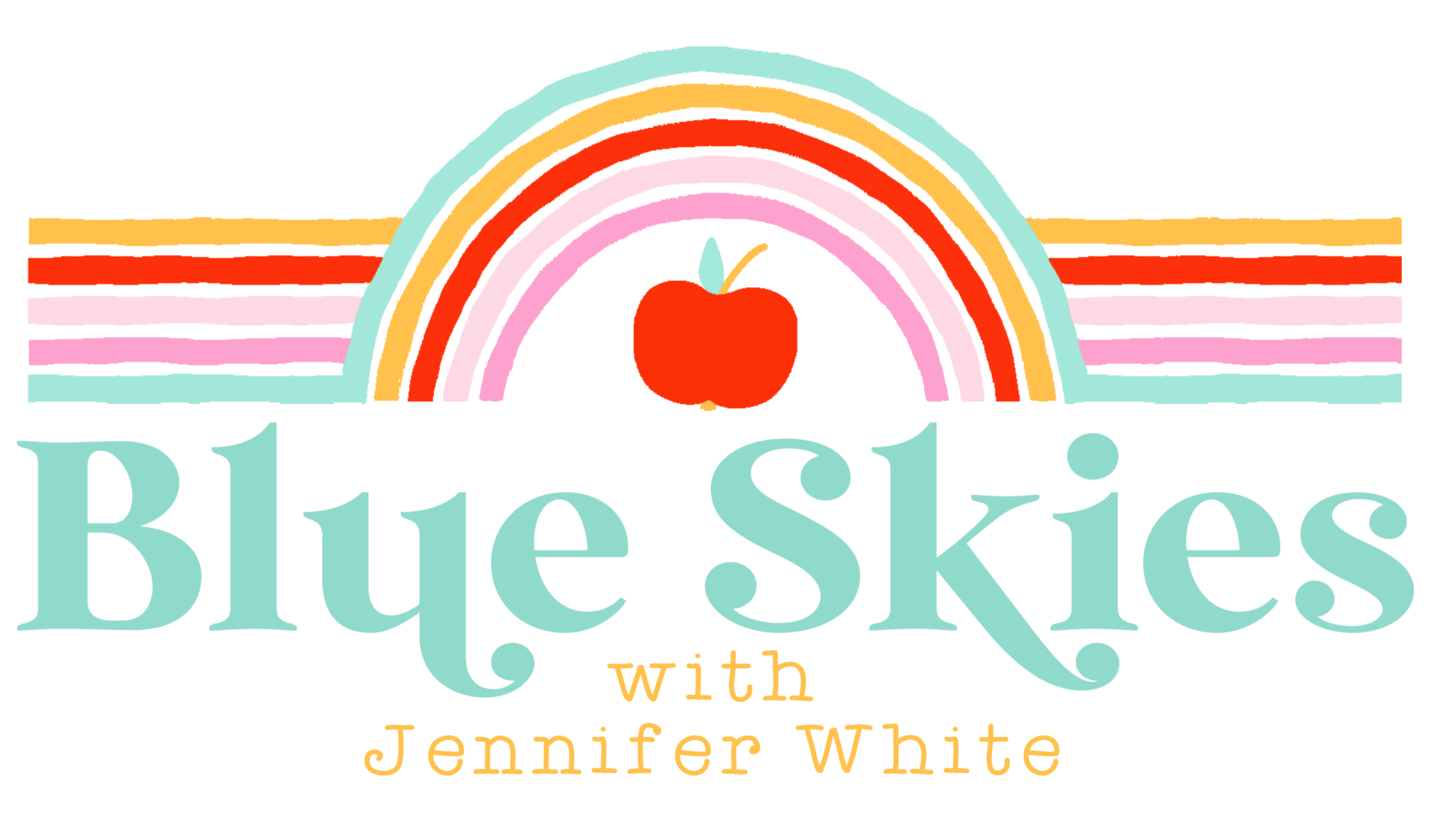What are Directed Drawings, How, and Why I do Them
What are Directed Drawings, How, and Why I do Them
What are Directed Drawings, How, and Why I do Them: One of my favorite things to do, even as a child, was to draw. I still find myself doodling when I am bored, especially during faculty meetings and mandated PD. It’s been my experience that most kids fit into one of several categories when it comes to art: 1. Those who are naturally creative. 2. Those who are interested but don’t know where to start or think they can’t. 3. And those who are not interested and would rather be doing anything else. In this post, I am going to explore what directed drawings are, how I go about doing them, and WHY I do them.
What are directed drawings?
Directed drawings are a step by step approach to drawing something. The teacher guides, or directs, students in the steps to create a drawing. In addition to the teacher, directions can be a video tutorial or a paper copy.
How I do them
When I start a directed drawing, very rarely do I ever tell the kids what we are about to draw. If I do, the response is usually, “I can’t draw that!” Whereas once finished, I hear “Wow! I can’t believe I drew that!” First thing I do is tell them to turn their paper either long and tall or short and fat (i.e. landscape or portrait).
Personally, I love to direct the drawings while standing at the board (much like I do in my video tutorials). Using an elmo and data projector work nicely as well. I also know of teachers that place the paper copy of directions in a station for kids to complete. I use kid-friendly terms for each stroke. For instance, an undercurve is a smile line and an overcurve is a rainbow line. I will also show the the obvious mistakes that I anticipate they will make and how to avoid them as we go. Here’s a video of a video tutorial of a bit of how I do what I do: https://youtu.be/5ZgI-ZbmnWM
Why I do Directed Drawings
The WHY is probably the most important part of this post. It’s been my experience that directed drawings increase the listening skills of my students. They must listen and keep up with me as I draw each part. In addition to the listening, the other obvious benefit is learning to follow directions, which also helps with letter formation during the year. Don’t forget that drawing is FUN and we want kids to feel successful as they learn. Each drawing is unique. All of these were created following the same directions:
What about Naysayers?
But what about the folks who say:
But I don’t like to limit kids’ creativity and have everyone draw the SAME thing the SAME way!
Well, my reply to that is that directed drawing lays the foundation. Kids will take what we show them and use it to draw bigger and better things. I never limit their creativity, it’s not a problem if they want to draw it a different way or add to it. I always give students extra paper to draw after a directed drawing if they want to practice what they’ve learned or do something different. It reminds me of the FABULOUS story by Tomie DePaola, The Art Lesson. It is a MUST read for any teacher.
My kids continue to use what we’ve learned during directed drawings to create their own artwork. I connect our directed drawings to our learning. For instance, I use my A to Z Directed Drawing pack as we focus on each letter of the alphabet creating an alphabet journal. (I have also used the pack as an alphabet countdown to the end of the year.)
In order to cover art standards, I use my Year-Long Directed Drawing Bundle thematically each week. Kids love drawing Johnny Appleseed in September or frogs in April.
More recently, I created a pack of Science Directed Drawings. Connecting art to science is an obvious STEAM win.
If you are looking to try out directed drawings before committing to a purchase, try these FREEBIES:
My favorite
I hope this post has helped you learn more about directed drawings and the benefits of using them in your classroom. If you have any questions, just let me know! One last thing, I have a Mother’s Day Directed Drawing and when my son was in my first grade class (he’s almost 11) he did this portrait of his mom (me) and it still makes me laugh. He didn’t want to do it (hates to color and draw) so he did it but wrote “fine, fine, fine” down the side because he was mad at me. Gotta love him.












Hi! I’m a little new to the blog world, and even newer to the directed drawing world. My question is this: When you did a directed drawing of the day with your alphabet, were you teaching kinder or first? Thanks!
For first grade I did it at the beginning of the year, to intro the alphabet. For kindergarten, I usually did it as an ABC countdown at the end of the year =) Hope that helps!